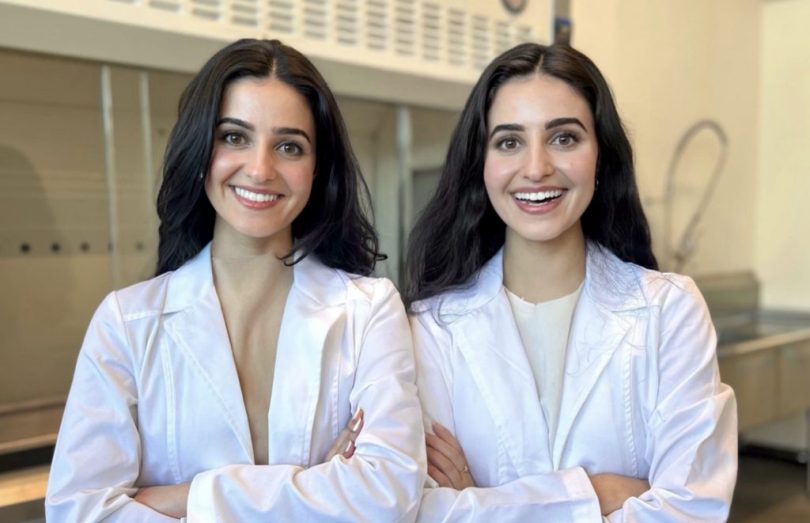[ad_1]
Rubi Laboratories has found a way to make net carbon-negative fabrics, water- land- and chemical-neutral, 100% traceable, and naturally biodegradable.

Turning carbon emissions into carbon-negative textiles with synthetic biology, they are on a mission to build the world’s most sustainable supply chains for people and planet. The good news is that Rubi technology has the potential to be the turn-key solution that could revolutionise the supply chain to remove CO2 from the atmosphere with every garment created.
“I’ve always been passionate about sustainability and climate. So when we founded Rubi, it all just clicked together. Starting when I was 15 years old, I published my first paper on artificial photosynthesis at the Lawrence Berkeley National Lab,” explains Neeka Mashouf, CEO at Rubi Laboratories, told TechCrunch. “Since then, I have been focused on sustainable materials research. First, I studied materials engineering and business at UC Berkeley, then dabbled in launching ventures around sustainability.”
Hoping to create a future where the production of goods and polluting the earth are no longer inherently linked, Mashouf, alongside Leila Mashouf, CTO at Rubi Laboratories, are hoping that their breakthrough technology unlocks abundance through a truly circular carbon economy. So how does it work?
Understanding the Ins and Outs
According to Rubi Laboratories, powered by biology, their patent-pending technology is inspired by the biological machinery plants use to turn CO2 into natural fibres but streamlined at an industrial scale outside the cell, cost-competitively with today’s material production.
Skipping the water, land, and chemically intensive steps used today to grow and process plant fibres for the fashion industry, Rubi Laboratories instead directly synthesizes the same fibres to create our viscose that is carbon-negative, water- chemical- & land-neutral, 100% traceable, and naturally biodegradable. That means every garment made with Rubi technology removes ~2 bathtubs of pure CO2 from the atmosphere.
Inspired by how trees build themselves from CO2, their system uses biochemical processes powered by enzymes at an industrial scale to “eat” carbon emissions and make carbon-negative, resource-neutral products. With demonstration available for those curious to know more about how Rubi is redefining industrial supply chains to be symbiotic and in harmony, the question now is can their vision be commercialised?
Flying The Green Banner
Rubi is working towards a world where human prosperity and economic growth are planet-positive. Flying the green banner, the duo hopes that with influential funding their vision to commercialization will be realised.
“We were really looking for investors who could see this sustainable symbiotic future that we see as possible, and who were willing to take the risks that are part of the journey, and who believe in us as founders. I think we really found that in our investors,” says Mashouf. “We’ve found such visionary, inspiring and supportive investors like Talis and Necessary Ventures. I think it’s like the perfect team to make this happen.”
With plans to serve the full cellulosic textiles market, Rubi Lab is not only reimagining a how a global industry could change for the better they are fundamentally changing what was once considered impossible.
Share Your Tips & Corrections

Founding editor-in-chief of FashNerd.com, Muchaneta is currently one of the leading influencers writing about the merger of fashion with technology and wearable technology. She has also given talks at Premiere Vision, Munich Fabric Start and Pure London, to name a few. Besides working as a fashion innovation consultant for various fashion companies like LVMH Atelier, Muchaneta has also contributed to Vogue Business, is a senior contributor at The Interline and an associate lecturer at London College of Fashion, UAL.
[ad_2]
Source link








